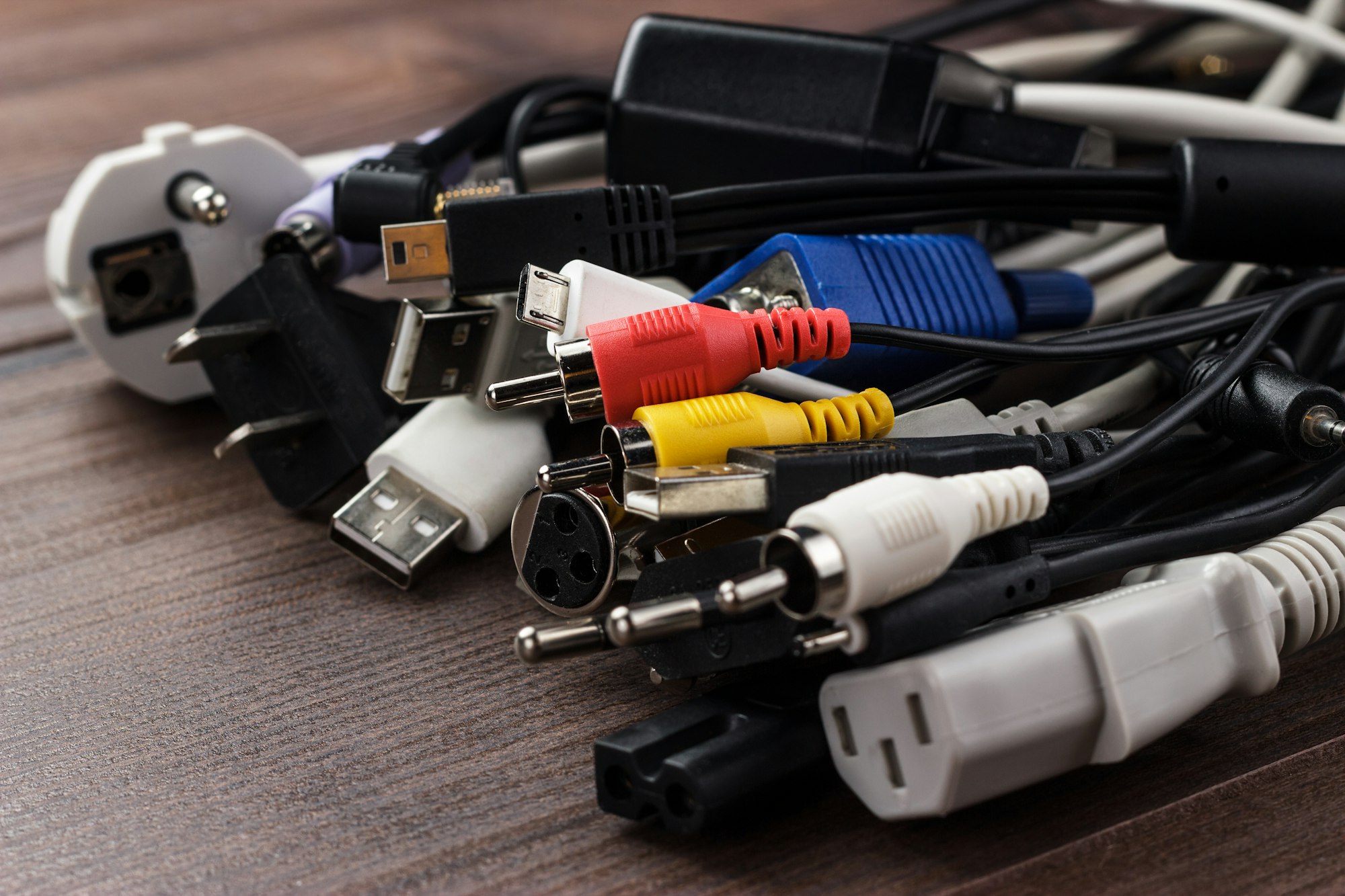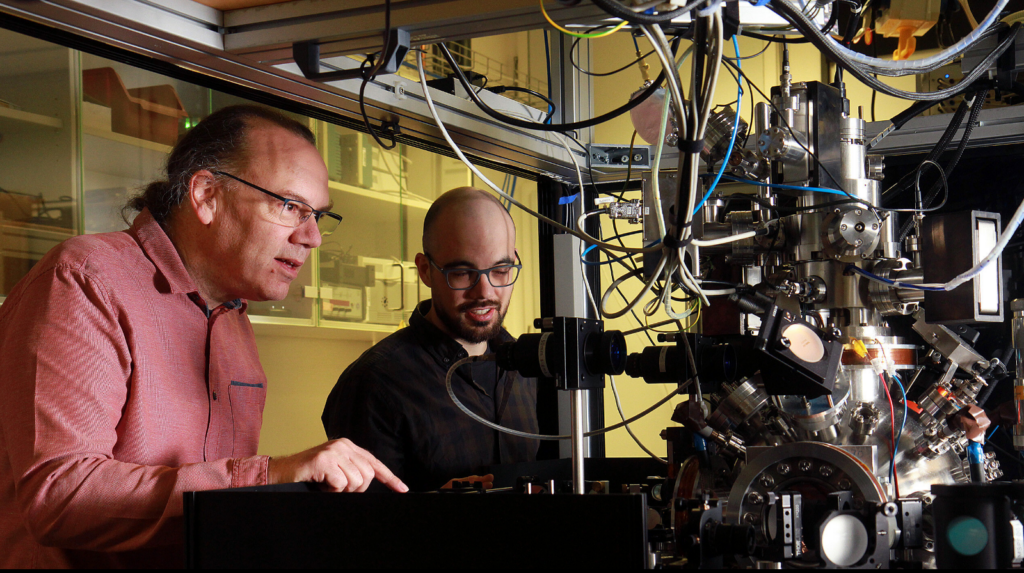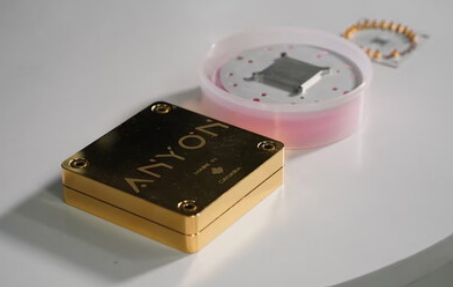Insider Brief
- Researchers report they linked two 127-qubit quantum processors using a real-time classical connection, effectively creating a 142-qubit system capable of computations beyond the limits of a single processor.
- The experiment used dynamic circuits and circuit cutting to overcome hardware limitations, demonstrating modular quantum computing with enhanced error mitigation.
- The study lays the groundwork for scalable quantum systems, addressing challenges in qubit connectivity and suggesting future integration of quantum interconnects for faster, more coherent communication.
Linking quantum computers together — referred to as modularity — could help create scaleable, powerful quantum systems. While that may sound as easy as stringing a bunch of cable together, it’s actually very complicated. Problems, including latency — the delay in transmitting and processing data — can introduce errors that throw off calculations.
Now, IBM Quantum-led researchers report they may have found a way to make two quantum processors can work together as one by connecting them with a real-time classical communication link. According to the team, this work, published in Nature, represents a significant step toward modular quantum computing, addressing the scalability and connectivity limitations that have long constrained the field.
Findings and Implications
The study showed that by linking two 127-qubit quantum processing units (QPUs) via a classical connection, scientists could effectively create a 142-qubit system capable of handling computations beyond the limits of a single processor. This setup also introduced enhanced error mitigation, which boosted the system’s ability to perform sophisticated tasks like creating graph states with periodic boundary conditions—a feat that exceeds the capabilities of standalone devices.

The implications, if it proves out, would be significant to quantum science and the quantum industry. Today’s quantum computers are constrained by the number of qubits on a single chip and the planar connectivity — how qubits are arranged on a flat, grid-like structure — of those qubits. This research offers a path forward, demonstrating that multiple processors can be linked and operated as a unified system.
It’s possible this work could move forward and create a modular systems that could one day lead to fault-tolerant quantum computers, which would be essential for realizing applications in fields like cryptography, materials discovery and artificial intelligence.
Dynamic Circuits, Circuit Cutting Innovations
The researchers report they relied on dynamic circuits, a cutting-edge quantum computing method that allows operations to be controlled in real time based on intermediate measurement results. This approach makes quantum computations more versatile by enabling on-the-fly adjustments within the coherence time of qubits — that’s needed because of the fragile nature of quantum states.
Another key method employed was circuit cutting, which involves splitting large quantum circuits into smaller, manageable subcircuits. These subcircuits are run individually, and the results are recombined using classical computation. This approach gets around some of the limitations of individual processors while preserving computational integrity. For this experiment, the scientists used “cut Bell pairs” — quantum states that serve as virtual connections between processors — to enable computations that spanned both devices.
The processors communicated through a classical link, which transmitted the results of mid-circuit measurements to dynamically control subsequent operations. Error mitigation played a crucial role in this process, with techniques like dynamical decoupling and zero-noise extrapolation helping to address the delays introduced by the classical communication link.
Results in Context
The study’s focus, arguably, was the creation of a graph state spanning two processors. Graph states, complex quantum states useful for a variety of applications, often require qubits to be connected in ways that exceed the physical constraints of a single processor, according to the researchers. By linking the two QPUs, the researchers were able to simulate the connectivity needed for this computation.
The experiment demonstrated that their approach could deliver results with high accuracy. Error rates were significantly lower compared to traditional methods, such as using swap gates to emulate connections, the study indicates. The integration of dynamic circuits further enhanced the system’s performance, enabling the processors to operate cohesively despite their physical separation.
In addition to their technical achievements, the researchers provided a proof of concept for modular quantum computing. By tightly synchronizing the control systems of the two processors, they showed that distributed quantum systems could operate as a single, unified machine.
Remaining Challenges and Limitations
Like all studies, several challenges remain before this moves from the lab to the proverbial living room. The classical communication link, while effective, may still face latency issues that can degrade performance. Although error mitigation techniques helped address this issue, researchers might need to content with ways to ease the bottleneck of latency for scaling such systems. Additionally, circuit cutting, a cornerstone of the approach, comes with high computational costs. The process requires running a large number of subcircuits—a trade-off known as sampling overhead. This overhead increases exponentially with the complexity of the circuit, limiting scalability.
Another limitation: the classical link used in this experiment, though practical for near-term systems, might lack speed and coherence of a quantum link. Future systems will likely require quantum interconnects, which could transmit entangled states directly between processors, eliminating many of the challenges associated with classical communication.
Future Directions
The researchers outlined several strategies for improving and scaling their approach. Reducing the sampling overhead associated with circuit cutting is a priority. New algorithms and techniques could minimize the number of subcircuits required, making the process more efficient.
Another promising avenue is the development of quantum interconnects, as mentioned in the limitations section. These could replace classical links with quantum links that transmit entangled states, enabling faster and more coherent communication between processors. Technologies such as optical or microwave transduction could play a role in creating these interconnects, though significant technical hurdles remain.
Error mitigation will also continue to be a focus. Enhancements to techniques like dynamical decoupling and zero-noise extrapolation could further reduce the impact of latency and improve overall computation quality.
The team included scientists based at IBM Quantum and IBM Research Europe. This includes Almudena Carrera Vazquez, Stefan Woerner, and Daniel J. Egger, who collaborated to design and implement key elements of the study. Caroline Tornow is affiliated with IBM Research Europe and the Institute for Theoretical Physics at ETH Zurich. Diego Ristè contributed from IBM Quantum at IBM Research Cambridge and Maika Takita is affiliated with IBM Quantum at the T. J. Watson Research Center.
Please review the paper for a deeper dive into the technical aspects of the work that this summary story could not include.


















